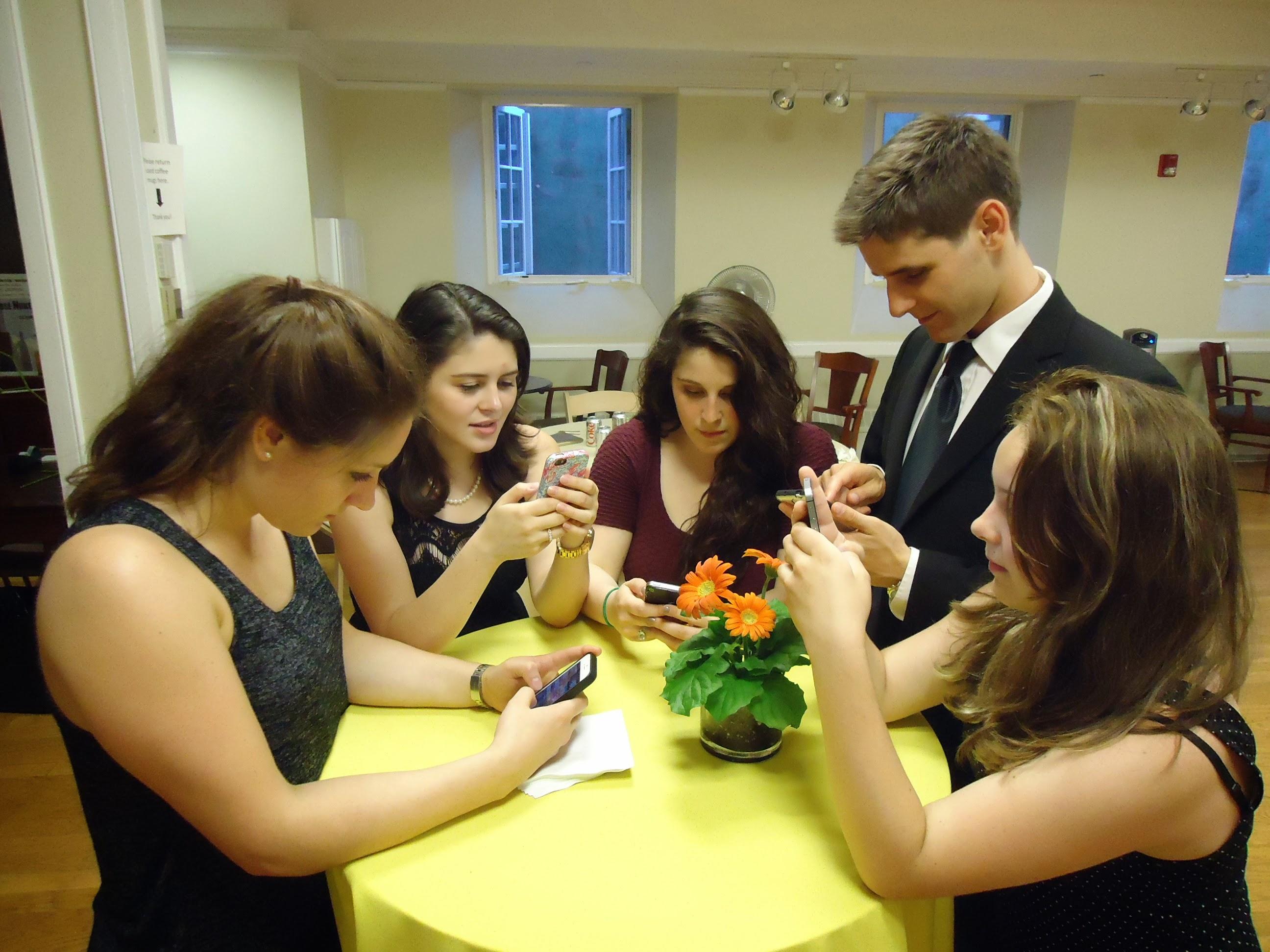The internet has changed all that, and today you can easily accomplish both tasks in a matter of seconds — all without even looking up from your smartphone screen. Previously “old-fashioned” pursuits like taking a walk in the park have been augmented by popular smartphone app-based games like Pokémon Go, which encourages players to get outside and search the real world for in-game elements like the famous Pikachu character.
The Era of Instant Gratification
According to a 2015 report published by the Pew Research Center, the number of Americans who own a smartphone has nearly doubled in recent years, jumping from 35% in 2011 to 64% last year. Also, 46% of users believe their smartphone to be “something they couldn’t live without,” with major portions of the population now using mobile devices to send and receive email (88%), access online banking (57%), apply for jobs (43%), and even take instructional courses (30%). Most people who grew up during the digital age now expect everything, from factual information to fun and entertainment, delivered to them at the click of a button. Coffee aficionados can order their favorite latte online and have it ready right when they walk in the door. Poker players who are looking to play online poker for real money can get instant access online to games when they don’t have time to download a full software package and still enjoy the same bonuses. Students learning a foreign language or living abroad can record the words of a stranger and immediately translate their meaning. While this ease of access can streamline many aspects of social interaction, leading to increased efficiency and more time in the day for actual activities, many observers fear that the opposite may be occurring. Rather than freeing people to spend more time with one another, smartphones and the instant gratification they provide could actually create a heightened sense of social isolation.
Source: en.wikipedia.org
The World Behind A Screen
A recent study in Psychology Today revealed that over 90% of respondents in all age groups made fewer than 10 phone calls per day. Instead of speaking to their friends, family, and fellow human beings, smartphone users today invariably choose text messaging as their preferred mode of communication. This phenomenon has led to the rise of so-called “smartphone zombies,” or people who walk through the world with their gazes fixed squarely on the screen, rather than looking up to experience reality as it truly is.
Source: en.wikipedia.org Fortunately, as people continue to take notice of the dominant role smartphones and other mobile technologies play in modern life, a growing movement has developed to champion the cause of human interaction.
Modern Day Solutions
Families are instituting phone-free zones at the dinner table or living room, while many schools now forbid students from bringing their devices into the classroom. Young children are being encouraged to visit the library and check out paperbound books. All of this isn’t to say instant gratification doesn’t still have its place in today’s world, as tech developers are constantly searching for ways to integrate immediacy with genuine experiences. Whereas previous iterations of instant gaming technology would confine players to a stationary position, the new wave of socially oriented games like Pokémon Go are premised on physical activity and interaction with fellow players. The game’s appeal lies in its unpredictability, as you never quite know when a quick drive to the grocery store will turn into a full-fledged hunt for Pokémon. Following two decades of full immersion in the internet age, people today find themselves yearning for simple human contact. Luckily, by making a little extra effort we can regain that human touch that might seem to be slipping away. Taking five minutes to enter your local Starbucks and chat with your favorite barista may not be any faster than typing your order into an app, but as many of us continue to discover, it can definitely be more fulfilling.

